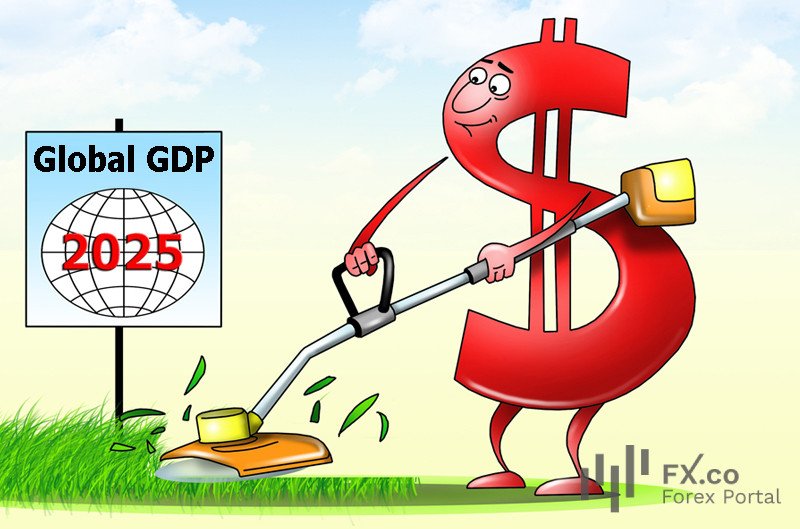
Capital Economics analysts are optimistic about global GDP, forecasting a year of "reasonably healthy" growth for the world economy in 2025.
Experts believe that the global economy will see steady progress in 2025, bolstered by a continued normalization of monetary policy. While the tariffs proposed by US President-elect Donald Trump may have some impact, Capital Economics expects the most significant effects to materialize in 2026 rather than in 2025. Geopolitical issues are forecast to dominate the global agenda in the coming year, but their economic consequences are likely to unfold over several years.
In the United States, the policies of the incoming Trump administration are expected to limit GDP growth to around 1.5% on an annual basis. This scenario could lead to a temporary spike in inflation to 3%. Analysts predict that the Federal Reserve will cut interest rates twice in the first half of 2025, lowering the target range for federal funds to between 3.75% and 4.00%.
Regarding the euro area, analysts anticipate a combination of sluggish growth and inflation below the 2% target. In this environment, the European Central Bank may be inclined to lower interest rates more than most currently forecast.
The UK economy is expected to perform better than many analysts and market participants anticipate. Despite domestic problems and grim outlooks, the British economy could spring a pleasant surprise and expand, driven by lower inflation and interest rates.
China's economy is also poised for growth, with further policy easing expected to boost economic activity in the coming months. However, in 2025, China's economy could face a slowdown, weighed down by a deteriorating external environment and continued declines in the property sector.
Capital Economics also foresees a decrease in most energy and industrial metals prices in 2025. This scenario is possible given weak demand due to structural issues and increased supply. However, the risks to this outlook are lower than for other economic indicators.
 English
English 
 Русский
Русский Bahasa Indonesia
Bahasa Indonesia Bahasa Malay
Bahasa Malay ไทย
ไทย Español
Español Deutsch
Deutsch Български
Български Français
Français Tiếng Việt
Tiếng Việt 中文
中文 বাংলা
বাংলা हिन्दी
हिन्दी Čeština
Čeština Українська
Українська Română
Română

Comments: